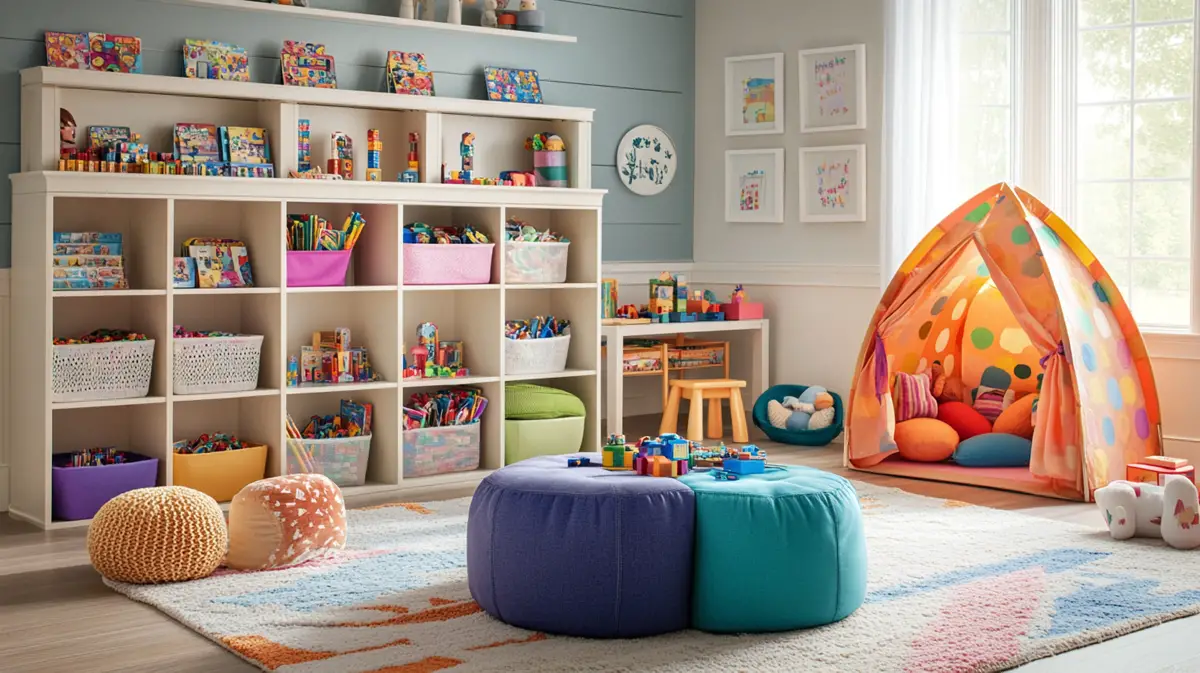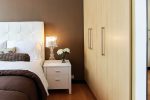How to Create a Fun Playroom with Kids Furniture

Creating a fun playroom for children can be an exciting project that sparks imagination and encourages creative play. Thoughtful design and well-chosen furniture are key elements in crafting a space that is both functional and enjoyable for kids. A playroom should be a safe haven where children can explore, learn, and have fun.
Selecting the right furniture is crucial in maximizing the potential of a playroom. Opt for versatile pieces that can adapt as children grow and their interests change. Consider incorporating storage solutions like shelves, cabinets, and bins to keep toys organized and easily accessible. Comfortable seating options, such as bean bags or child-sized chairs, provide cozy spots for reading or relaxing.
When planning the layout, divide the space into distinct zones for different activities. This might include areas for arts and crafts, imaginative play, reading, and physical activities. Using rugs or floor decals can help delineate these spaces visually. Don’t forget to include quality furniture for kids’ bedroom areas within the playroom, ensuring a cohesive and functional space.
Key Takeaways
● Thoughtful design and furniture selection are essential for creating an engaging playroom
● Incorporate versatile storage solutions and comfortable seating options
● Divide the space into distinct activity zones to maximize functionality
Designing the Ideal Playroom
Creating a well-designed playroom involves balancing functionality with fun, stimulating elements. A thoughtful layout, colour scheme, and furniture selection can transform any space into an engaging environment for children.
Incorporating Essential Elements
An ideal playroom should include areas for different types of activities. Designate spaces for arts and crafts, reading, and active play. Consider adding a chalkboard wall or whiteboard for creative expression. Storage solutions are crucial to keep the space organized.
Incorporate comfortable seating options like bean bags or floor cushions. These provide cozy spots for reading or relaxing. Add a small table and chairs for activities that require a flat surface.
Lighting is key in a playroom. Install bright overhead lights for general illumination. Include task lighting near activity areas. Consider dimmable options for creating a calmer atmosphere when needed.
Selecting a Colour Palette
Choose a colour palette that stimulates creativity and energy. Bright colours like yellow, red, and blue can create a lively atmosphere. However, balance is important to avoid overwhelming the senses.
Consider painting one wall as an accent wall. This can serve as a focal point and add visual interest. Alternatively, use colourful wallpaper to create a fun backdrop.
Neutral base colours can provide a calm foundation. Add pops of colour through furniture, accessories, and artwork. This approach allows for easy updates as children’s tastes change.
Furniture for Fun and Function
Select furniture that is both functional and playful. Opt for pieces that can serve multiple purposes. A storage ottoman can double as seating, while a bookshelf with cubbies can organize toys and display books.
Choose child-sized furniture to make the space more accessible. Look for tables and chairs that are sturdy and easy to clean. Consider adjustable furniture that can grow with your child.
Incorporate elements that encourage imaginative play. A small indoor playhouse or tent can create a cozy nook. Add a dress-up station with a mirror and storage for costumes.
Optimizing Playroom Organization
Effective playroom organization enhances fun, creativity, and safety for children. Smart storage solutions, activity zoning, and proper maintenance create an inviting space that encourages play and learning.
Smart Storage Solutions
Open shelves provide easy access to frequently used toys and books. Install low shelves for younger children and higher ones for older kids. Use clear plastic bins to sort and store smaller items like building blocks or art supplies. Label containers with pictures or words to help children identify contents.
Wall-mounted pegboards offer versatile storage for arts and crafts materials. Hang baskets, hooks, and small shelves to maximize vertical space. Utilize under-bed storage containers for items used less often.
Fabric toy storage baskets add a decorative touch while keeping clutter contained. Place them in corners or on shelves for quick cleanup. Consider a toy chest with a slow-close lid for larger toys and stuffed animals.
Zoning for Different Activities
Divide the playroom into distinct areas for various activities. Create a reading nook with comfortable seating and bookshelves. Set up a craft zone with a child-sized table, chairs, and nearby storage for supplies.
Designate a building area for blocks and construction toys. Use foam floor mats to define this space and provide a comfortable surface for play. Establish a quiet zone with soft cushions for relaxation or imaginative play.
Include a movement area with open floor space for active games or dance. If space allows, add a small climbing structure or indoor slide. Use rugs or floor decals to visually separate different zones.
Safety and Maintenance Considerations
Secure tall furniture and shelving units to the wall to prevent tipping. Choose rounded edges on furniture to reduce injury risks. Install outlet covers and keep cords out of reach.
Regularly inspect toys for damage and discard broken items. Implement a rotation system for toys to maintain interest and reduce clutter. Encourage children to participate in cleanup by making it a game or routine.
Use non-toxic, washable paint on walls for easy cleaning. Select durable, stain-resistant fabrics for any upholstered items. Place a washable rug in high-traffic areas to protect flooring and provide cushioning for play.
Conclusion
Creating a fun playroom with kids’ furniture requires thoughtful planning and creativity. By incorporating versatile storage solutions, comfortable seating, and engaging activity zones, parents can design a space that encourages imagination and learning. Selecting durable, child-friendly materials and prioritizing safety ensures the playroom remains functional and enjoyable for years to come. With these elements in place, children will have a dedicated area to explore, play, and grow.










